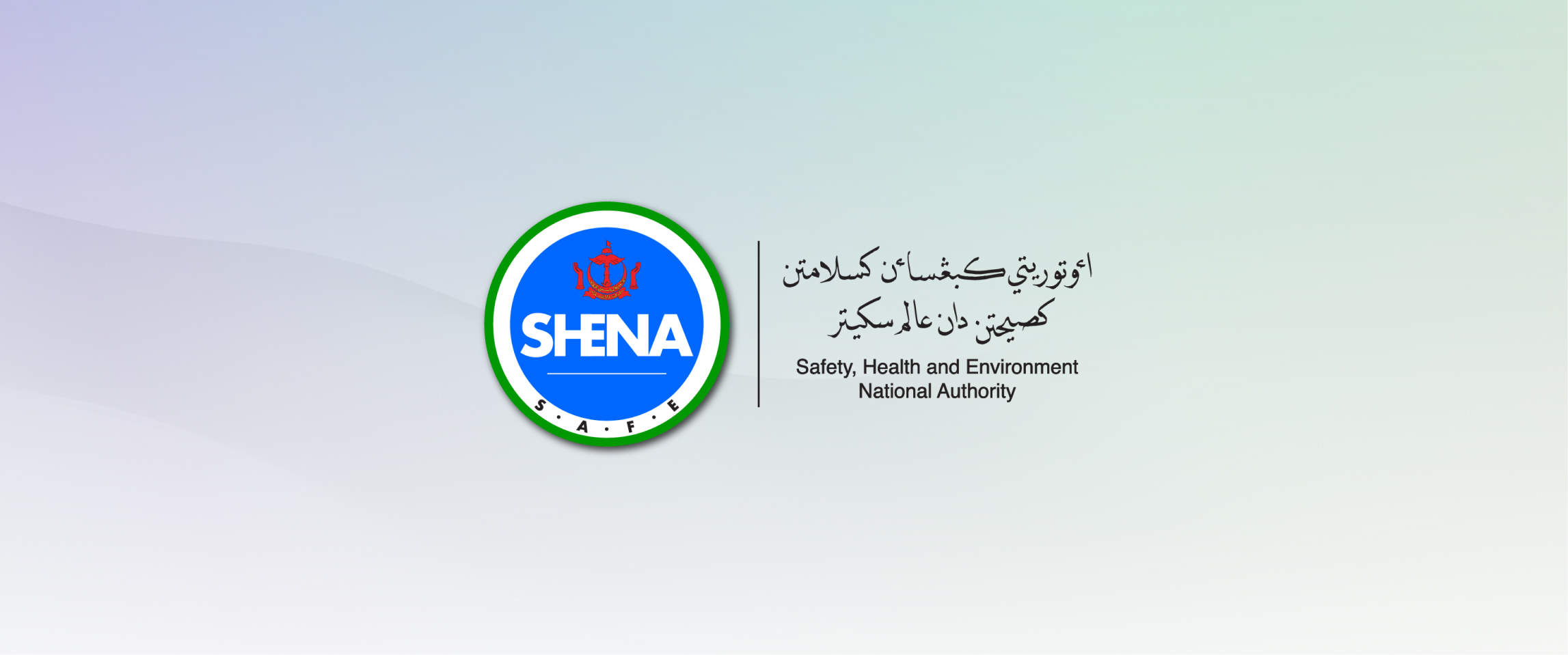Our Test Article
21 April 2023
What is heat stress? In hot weather, the body sweats and this sweat then evaporates to cool the skin. when the outside temperature is hotter than the body, or when there is high humidity and the sweat cannot evaporate fast enough, a number of heat-related health problems may result. The main risks are dehydration (not having enough water) and hyperthermia (overheating), which can make symptoms worse for those with health conditions or might cause people to develop heat exhaustion or heat stroke.
Heat stress can cause problems especially for people with pre-existing health conditions such as diabetes mellitus, heart disease or high blood pressure; however, anyone working in unusually high temperatures can be susceptible to heat stress.
Examples of workplaces where people might suffer from heat stress because of natural hot environment or hot environment created by work processes or restricted workspaces are construction sites; agriculture farms; glass and rubber manufacturing plants; mines; compressed air tunnels; conventional power stations; foundries and smelting operations; brick-firing and ceramics plants; boiler and engine rooms; bakeries and kitchens; laundries and similar activities. In these industries, working in a hot environment might be the norm, but such processes should be regularly reviewed by the employer.
The Safety, Health and Environment National Authority (SHENA) cautions all Principals, Occupiers, Employers and self-employed individuals to mitigate health risks from heat stress, especially during the Holy Month of Ramadhan when many of your employees and co-workers are fasting, which may result in them being fatigued and dehydrated. To mitigate against the risks, the following tips can be used:
Plan work activities accordingly to accommodate for reduced hours and employees fasting.
Increase awareness among employees on the warning signs of fatigue and dehydration.
Provide appropriate personal protective equipment. There are specialised personal protective clothing available that can incorporate personal cooling systems or breathable fabrics. The use of some common types of protective clothing or respiratory protective equipment may increase the risk of heat stress.
Provide mechanical aids where possible to reduce the physicality of work.
Ensure your employees rest indoors or within shelters during the hottest time of the day.
Arrange for a separate welfare facility area such as canteens to allow for non-fasting employees to eat and stay hydrated without causing offence.
Identify employees who are more susceptible to heat stress because of an illness, condition or medication that may contribute to the early onset of heat stress, e.g. pregnant women or those with heart conditions. You should seek and may need advice from a medical professional.
Encourage rests and breaks if employees appear tired or fatigued.
Ensure suitable arrangements for first aid or medical assistance in case of emergency.
Ensure adequate supervision is always provided to all employees and try to avoid lone working.
Increase employee engagement to encourage your employees to be open if they are feeling any adverse health effects.
Control environmental temperature using engineering solutions, e.g. change the processes, use fans or air conditioning, use physical barriers that reduce exposure to radiant heat.
Where existing conditions due to the summer heat are a factor causing discomfort and is identified either by complaints received or employee's complaining or reporting illness due to the unfavourable conditions, employers should be monitoring the prevailing conditions and where possible recording temperatures as part of the risk assessment.
Under Section 12 of the Workplace Safety and Health Order, 2009 (WSHO), the duties of employers include taking necessary measures to ensure the safety and health of his employees and other persons such as members of the public. Employers should also provide sufficient instruction, training and supervision, among others, that is necessary for the workers to perform their task safely.
In addition to this, under the Workplace Safety and Health (Risk Management) Regulations, 2014, employers, self-employed persons and principals are required to undertake a risk assessment particular to their activity in relation to the safety and health risks posed to any person and shall take all reasonably practicable steps to eliminate any foreseeable risk to any person in the workplace, prior to commencing their work on site.
Should there be any questions concerning these guidelines, please contact the SHENA at +673 238 2000 or email info@shena.gov.bn. If reporting a work related and reportable incident or fatality please contact +673 733 2200.
Published by Borneo Bulletin on Sunday, 3 May 2020

